Smart banking with data science
At Knoyd, we are constantly trying to help our clients leverage data, predict the future or, put simply, be smart. This year, two of our important customers came from the banking sector so we have decided to share our experience and explain how their businesses have become smarter.
For more use cases of data science in fintech you can check out also our previous articles:
The most common application of data science in fintech is to build credit scoring models. Considering the money at stake, it only makes sense to predict each applicant's ability to pay off a loan or a mortgage. However, these kinds of machine learning models are nowadays already implemented in almost all banks. Moreover, the loan process is highly regulated which represents serious limitations for leveraging the newest machine learning techniques. Also, from the client's point of view, the process behind loan approval isn't really something that makes banking easier for them. So the question was: “How can we make the banking experience easier and smarter with a focus on the client?” We began by brainstorming all the things that give us, as clients, headaches in the daily use of bank apps. We decided to start with these use-cases:
suggest standing orders
improve financial literacy
Suggest standing orders
Many people spend money on periodically repeated payments. For example, imagine a mom of three kids who attend the same kindergarten. She has to pay the kindergarten for each of them with three separate payments and she has to bear it in mind not to forget these payments every month. Since the days between months fly by so quickly, one can easily forget that the time has come to pay again. Therefore, our system identifies these regular payments and sends the client a notification to set up a standing order or, even better, pre-sets it for her in the app. She just needs to accept it and voilà – she can now forget about these payments, focus on other things, and let the bank do the work for her. Among other recurring payments can be monthly rent, mortgage, transfers from a current account to a savings account, regular charity donations...you name it – or rather, our smart system will.
Improve financial literacy
Most of us probably have some dreams which we can't afford right now. One way to get closer to fulfilling these dreams is by saving money regularly. From experience (and analytics confirm this too), we know that it's very hard to put aside money at the end of the month when most of it is already spent, so our dreams stay just as unreachable as before. When people receive some extra money as a birthday or salary bonuses, they tend to buy something immediately. Because of this behavior, we decided to send notifications to people with extra income whom we have identified as able to transfer some of that money to their savings account. The clients who had received such notifications are now saving about three times more compared to the clients who hadn't received them. This indicates that people find our recommendations useful and they help them achieve their saving goals faster.
As you can see, the purpose of using data science and machine learning in fintech isn't just to help the banks and financial institutions to increase their profits but also to make banking easier and less stressful for their clients.
We are currently working on other improvements in this area that will help clients even more, but more about that later. If you would like to leverage the data you have and find out how it can help your business to become “smarter”, do not hesitate to contact us.

